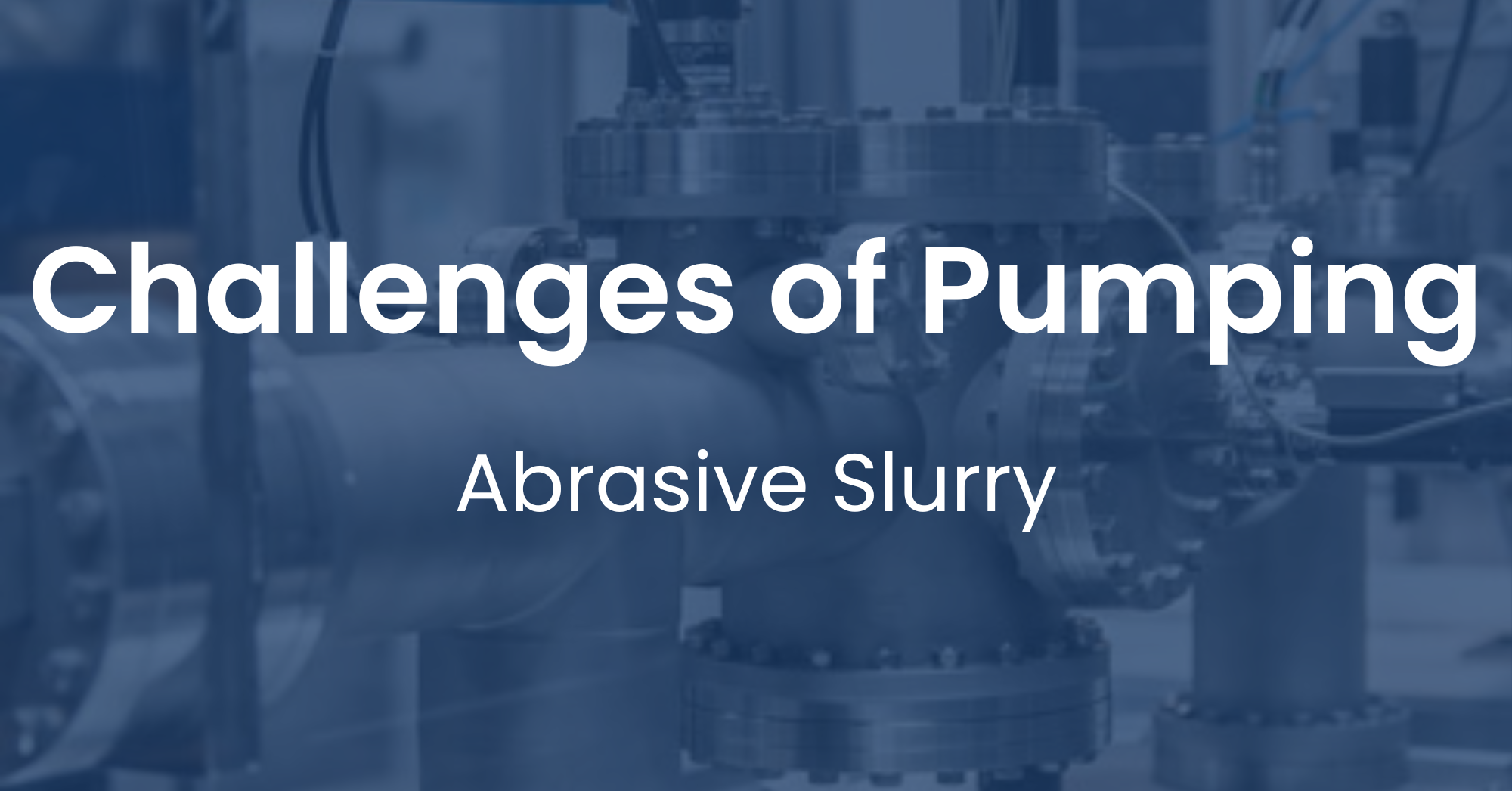Pumps in the Pharmaceutical Industry
The processing equipment used for modern drug production has evolved, and modern pharmaceutical pumps are now integral to the industry. Yet pumps are used today for a range of applications during drug production, so there isn’t just one type of pump used to manufacture pharmaceuticals. Pumps from other industries were modified in the early 20th century, such as the peristaltic pump, a positive displacement pump first used as a well pump in the mid-1800s. Peristaltic pharmaceutical pumps were later refined in the 1930s to enable their use for precision dosing of active ingredients and other pharmaceutical manufacturing processes.
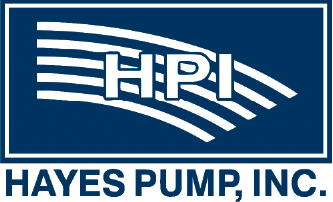



-2.png)
-Jun-10-2024-07-59-18-9056-PM.png)
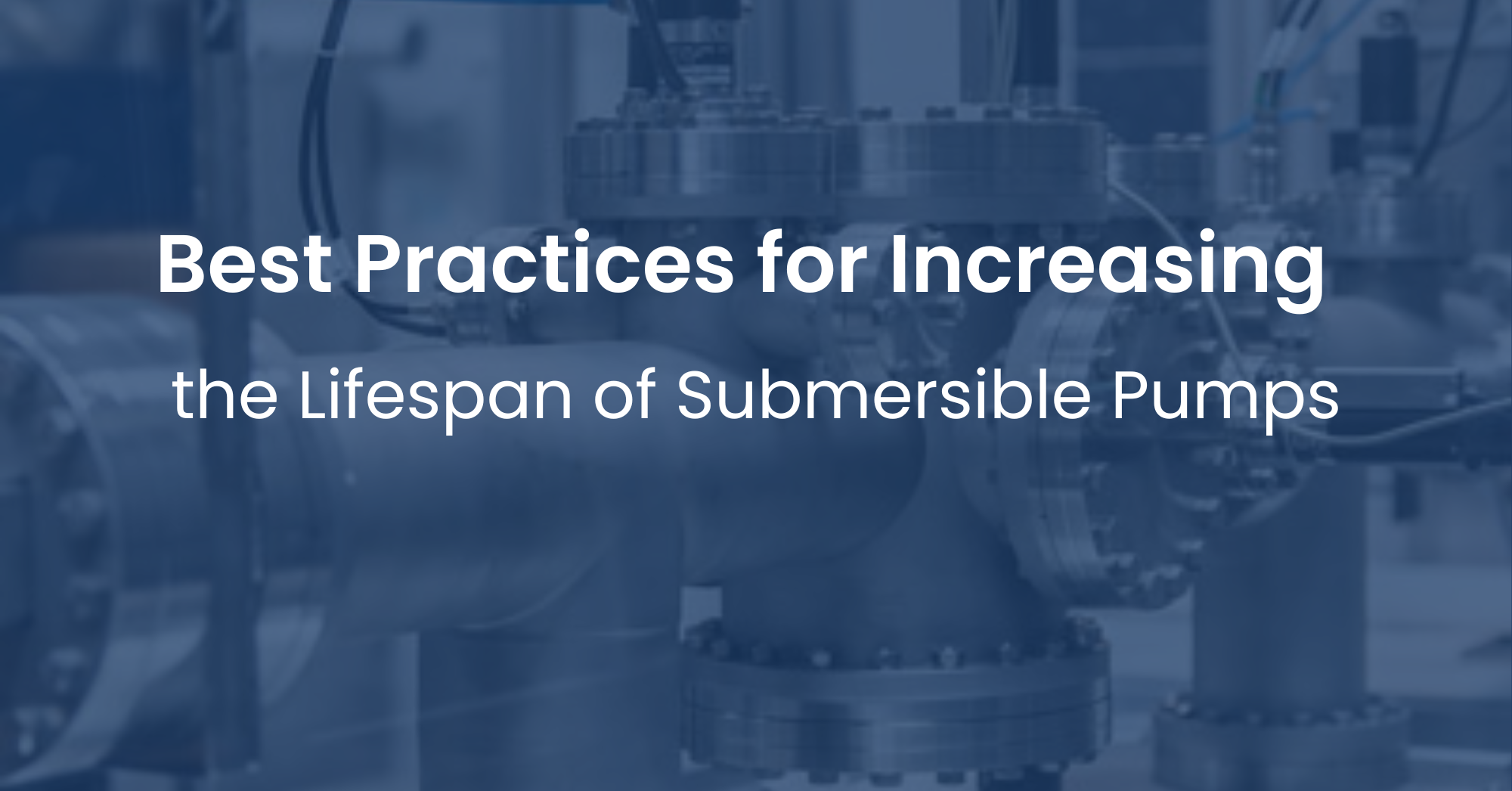
-1.png)
-Apr-05-2024-05-47-54-5422-PM.png)
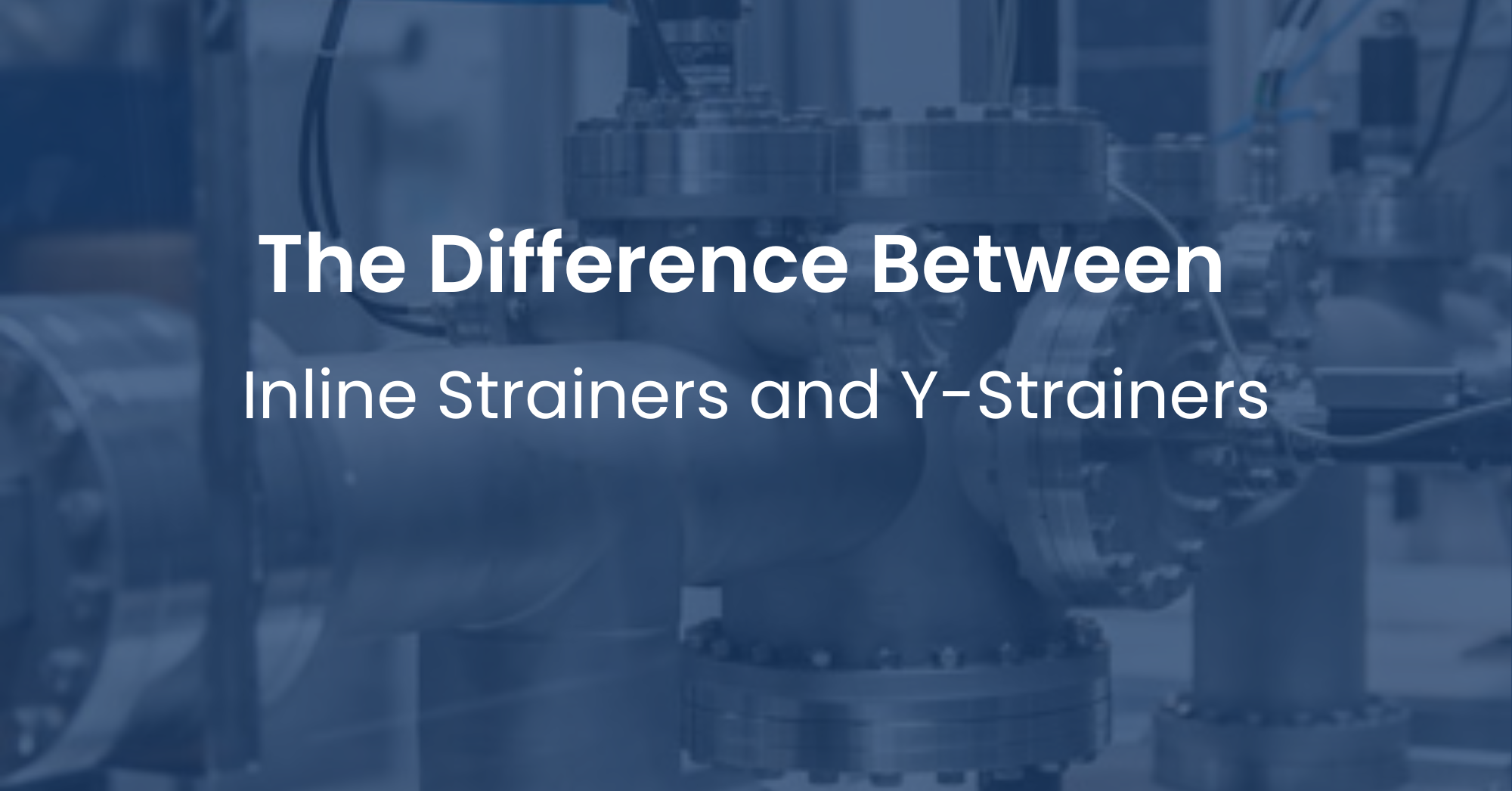
-4.png)
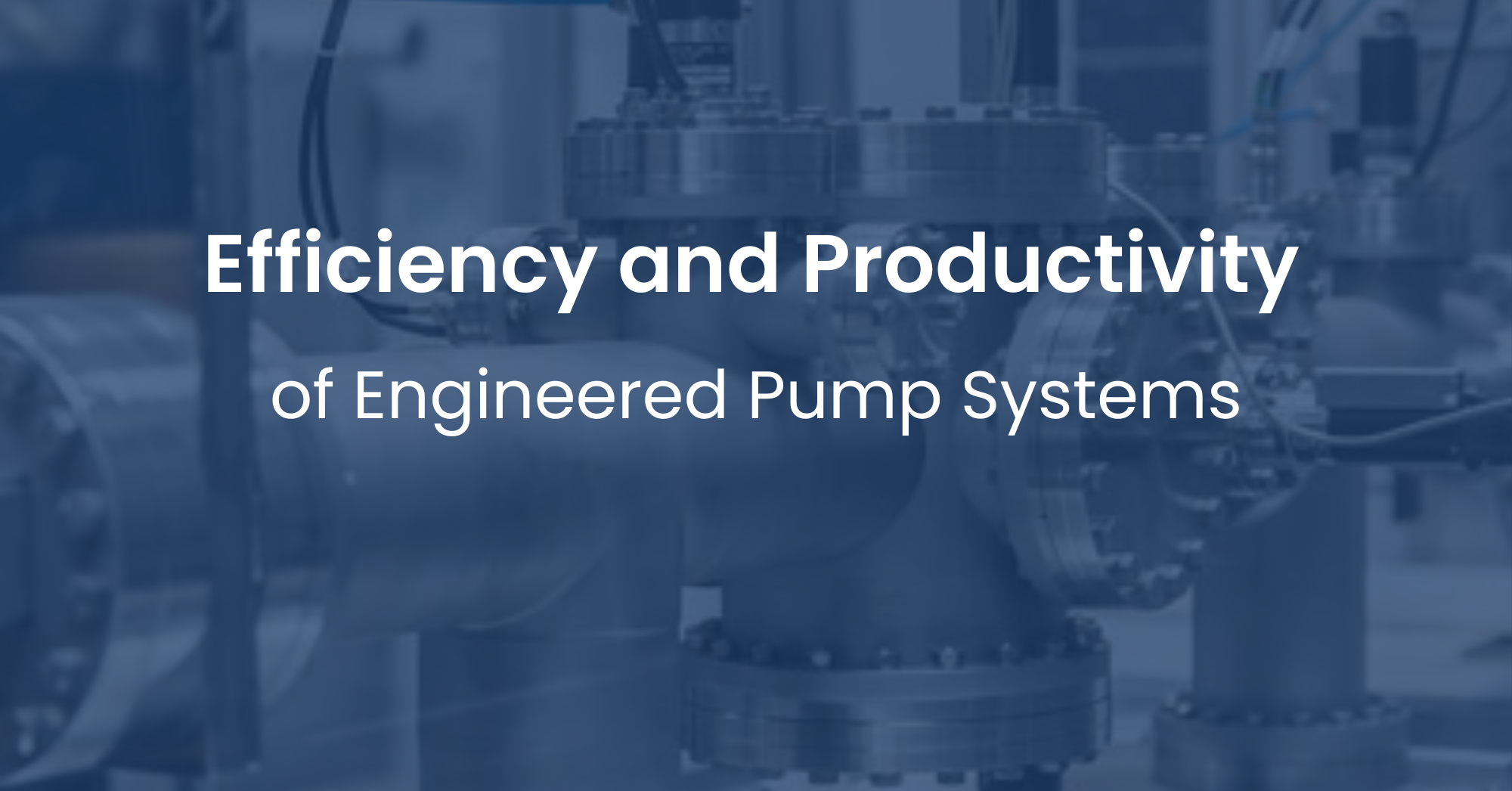
-3.png)
